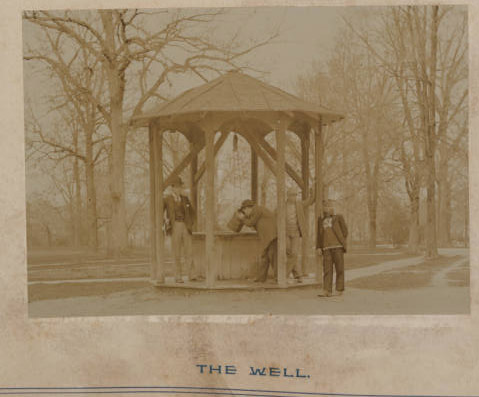“It’s ridiculous how often you have to say hello on Emerald Isle. Passing someone on the street is one thing, but you have to do it in stores as well, not just to the employees who greet you at the door but to your fellow-shoppers in aisle three. Most of the houses that face the ocean are rented out during the high season, and, from week to week, the people in them come from all over the United States. Houses near the sound are more commonly owner-occupied. They have landscaped yards, and many are fronted by novelty mailboxes. Some are shaped like fish, while others are outfitted in cozies that have various messages — ‘Bless Your Heart’ or ‘Sandy Feet Welcome!’ — printed on them.
“The neighborhoods near the sound are so Southern that people will sometimes wave to you from inside their houses. Workmen, hammers in hand, shout hello from ladders and half-shingled roofs. I’m willing to bet that the local operating rooms are windowless and have doors that are solid wood. Otherwise, the surgeons and nurses would feel obliged to acknowledge everyone who passed down the hall, and patients could possibly die as a result.
“While the sound side of the island feels like an old-fashioned neighborhood, the ocean side is more like an upscale retirement community. Look out a street-facing window on any given morning and you’d think a Centrum commercial was being filmed. All these hale, silver-haired seniors, walking or jogging or cycling past the house. Later in the day, when the heat cranks up, they purr by in golf carts, wearing visors, their noses streaked with sunblock. If you were a teen-ager, you likely wouldn’t give it much thought, but to my sisters and me — people in our mid- to late fifties — it’s chilling. That’ll be us in, like, eight years, we think. How can that be when only yesterday, on this very same beach, we were children?…”
— From “Leviathan: Ways to have fun at the beach” by David Sedaris in The New Yorker (Jan. 5)
.










